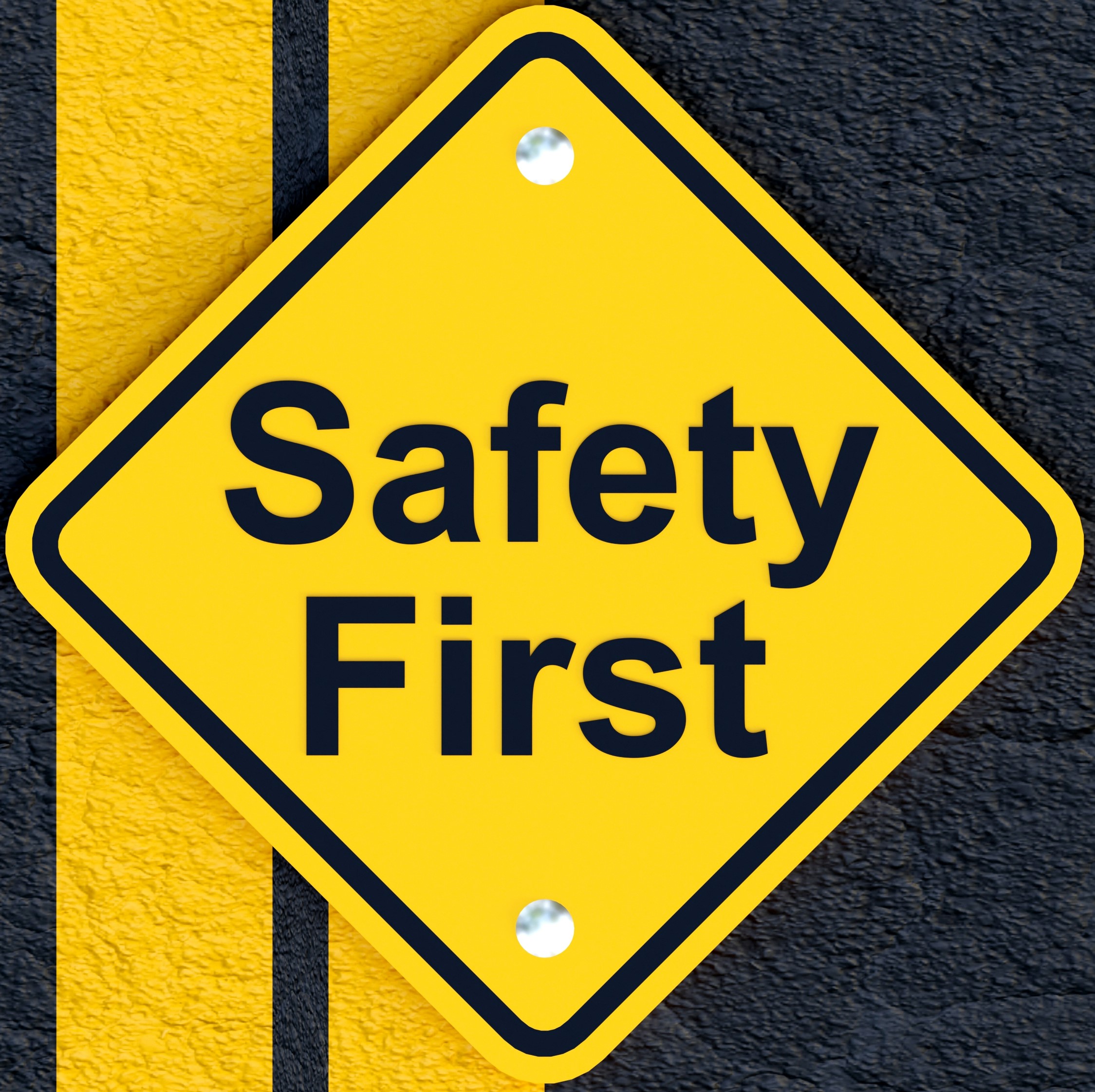Daily Department Inspection
-
Conducted on
-
Location
-
Department
-
Prepared by
-
Role
-
Assisted By (Optional)
Daily Department Inspection
Section 1: Emergency Preparedness
-
1.1 Do you know who the First Aider is?
-
Input their name(s) below:
-
Find out and input their name(s) below:
-
1.2 Find all Fire extinguishers within your area. Are any blocked? (minimum clearance = 1 meter)
-
1.3 Find your closest fire pull station, is it blocked? (minimum clearance = 1 meter)
-
1.4 Find Your nearest 2 Emergency Exits. Are they blocked? (minimum clearance = 1 meter)
-
1.5 Is there easy access to an Emergency Exit if workers need to evacuate?
Section 2: Housekeeping and General Conditions
-
2.1 Are Walkways, Work Areas, and Aisles free of plastic, pallets, rubbish, and empty boxes?
-
2.2 Are Waste bins over flowing?
-
2.3 Are all appropriate brooms and brushes available?
-
2.4 Is there enough lighting to preform the task?
-
2.5 Do the Electrical Sockets look like they are in good working order?
-
2.6 Are the Work Area Inspections Completed?
-
Please explain:
-
2.7 Are the Mobile Equipment inspections completed?
-
2.8 Are the Handwashing stations clean and the Sanitation supplies properly stocked? (ex: Gloves, Ear Protection, Sleeves, etc.)
Section 3: Personal Protective Equipment
-
3.1 Are all Workers observed adhering to GMP Practices and Hygiene requirements?
-
3.2 Are all Workers wearing the appropriately colored Smocks?
-
3.3 Are all workers wearing their Steel Toed Boots?
-
please explain:
-
3.4 Are all Workers wearing their Eye Protection?
-
Please explain:
-
3.5 All workers in direct contact with the product, are they wear their protective sleeves?
Section 4: Equipment Inspection (ex: Conveyor Belts, Hoppers, Shrink Wrap Machines, etc.)
-
4.1 Have there been any unexpected repairs so far during the shift? Confirm with your supervisor.
-
Please list the Equipment and a short description of the issue.
-
4.2 Do you see damage on any of the Equipment?
-
4.3 Are all electrical panels locked out?
-
4.4 Is all Equipment secured in place? (Wheels are locked or it is effectively bolted down)
-
4.5 Are Equipment guards in place and undamaged? (ex: guardrails, Cover plates, etc.)
-
4.6 Are all Hazard Warning Visible?
-
4.7 The Control Panels, are the buttons properly identified? (ex: the stickers are worn out)
-
4.8 Is the Metal Detector functioning properly?
-
Please explain:
Section 5: Production Department
-
5.1 Stock and other materials are only stored on pallets, and nothing else is stored on the floor.
-
5.2 Excess plastic has been removed from empty pallets.
-
5.3 Packed Pallets are straight (no uneven or leaning stacks, no overhang)
-
5.4 Packed Pallets are staged in their designated areas. (ex: not in walkways and not blocking forklift paths)
Section 6: Warehouse Department
-
6.1 Battery change/refuel area free of hazards ( i.e. acid build up, bare wires, liquid on floor)
-
6.2 Pallet Shrink Wrap areas are clean and free of hazards
-
6.3 Dock levelers and Dock loading bays are clean and free of hazards
-
6.4 Pallets are in good condition (no damage)
-
6.5 Racking is in good condition (no bent beams or other damage)
-
If there are areas of racking that are missing load bars, please record here.
-
6.6 Pallets on the Rack are positioned squarely, not leaning or pushing through the other side.
-
6.7 Pallets are wrapped neatly and secured properly
-
6.8 Stock is in good condition (no observed damage or wet stock)
Section 8: Sanitation Department
-
8.1 Are all chemicals properly stored?
-
8.2 Are the SDS accurate and readily available?
-
Please explain:
-
8.3 Are all specialized tools in good working order?
-
8.4 Is all specialized equipment in good working order?
Section 9: Report complete
-
Inspector Signature
-
Time of Inspection completion:














